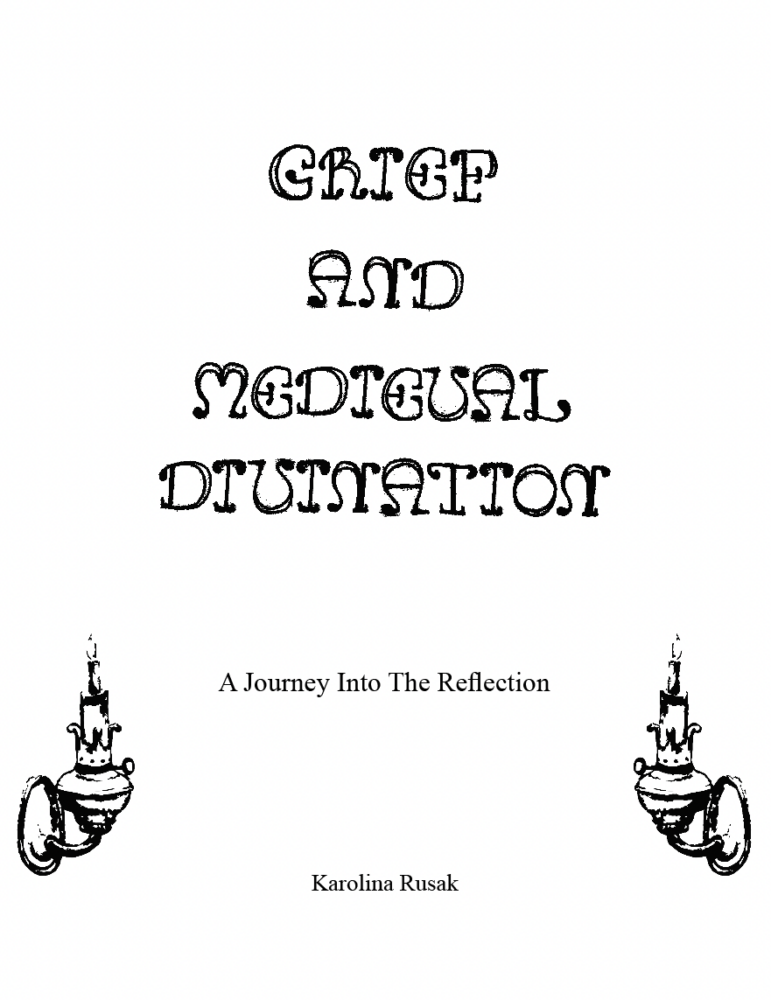Dealing with the death of loved ones year after year can raise questions and fuel endless, almost unnatural mourning. The time spent contemplating death and its aspects becomes longer and, like it or not, we are immersed in new unknowns. History has a beginning and an ongoing development, but no ending. With each mourning comes a flood of new conclusions and heightened experiences. When we come to experience dogmas, we subject them to a deeper analysis and start looking for ways, the answers to which, as indicated by the dogma, are often missing. Then we reach for science, foreign beliefs, and if the answer is still not visible, we reach out for the “forbidden fruit” such as magic, superstition, occultism or forgotten history.
Living in mourning is a painful process with an uncomfortably pulsating center. Between the waves, we live relatively normally, but when a wave hits, it can knock us off our feet and completely devastate us. We need time and appropriate conditions for regeneration, without which the wound will never fully heal. With subsequent mourning, we want the time between the intensifying waves to matter, and maybe we want to find a remedy that will help us become immune to it without going through all the classic stages of grief.
This is where non-obvious means come into play, the previously mentioned forbidden fruit: magic, unnatural forces, rituals. We ask ourselves: why and how did our ancestors cope in such moments? What can we learn from folk tales, manuscripts and legends? How medieval divinatory necromancy could be utilised as a grieving practice nowadays?
Red whole text here:
